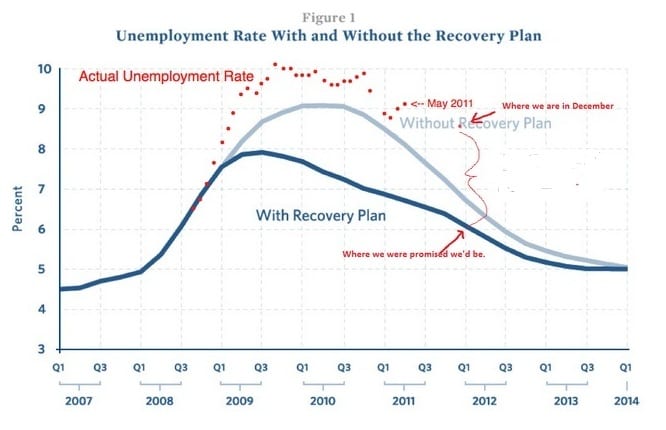How trade policy caused them to lose it.
Category Archives: Economics
The Seven Most Illuminating Economic Charts
The Lies And Hypocrisy
…of Barack Obama. And yet many continue to defend him.
What Will Become A Coffee Shop?
…and what won’t? The only problem with the analogy is that I never purposefully go to a coffee shop, because I don’t drink coffee. Starbucks would go bust in a world full of me.
China’s Bullet Train Meltdown
Hardest hit: Tom Friedman.
A Serious Post From Iowahawk
A rare event, in which he rips the WaPo for media malpractice in reporting on Solyndra.
In Which Harry Reid Just Makes S@#t Up
I know, you’re as shocked as I am.
California
There it went. It’s a sociopolitical tragedy that is destroying a beautiful place.
Newt’s “Zany” Space Policy
I have some questions for Mitt Romney over at PJMedia. By the way, today is the forty-third anniversary of Apollo 8’s circuit of the moon, when we won the space race.
Just What He Wanted
Obama has achieved his goal of higher energy costs.
This should be a powerful campaign theme next year: “Obama got what he wanted. Did you?”
